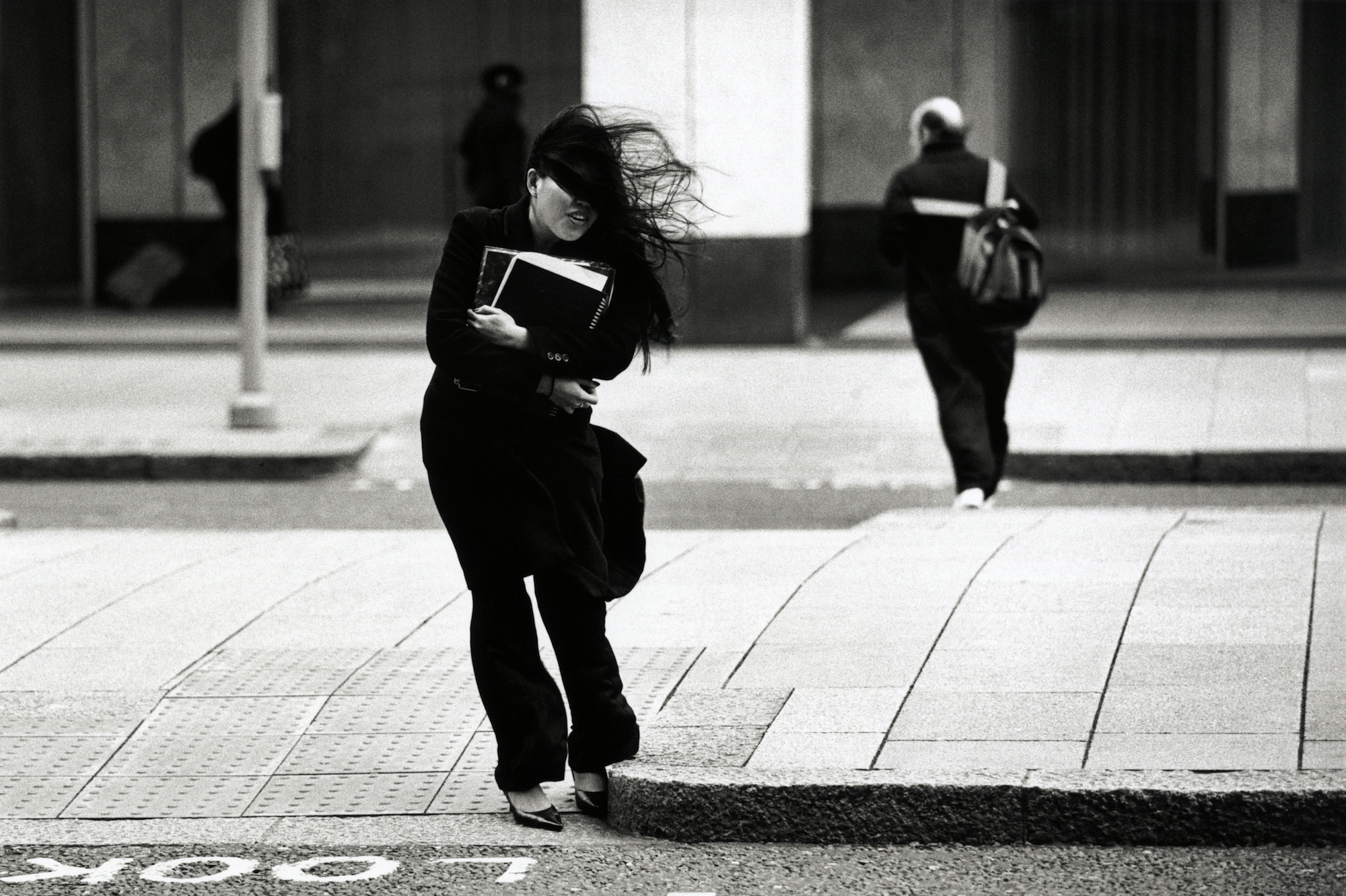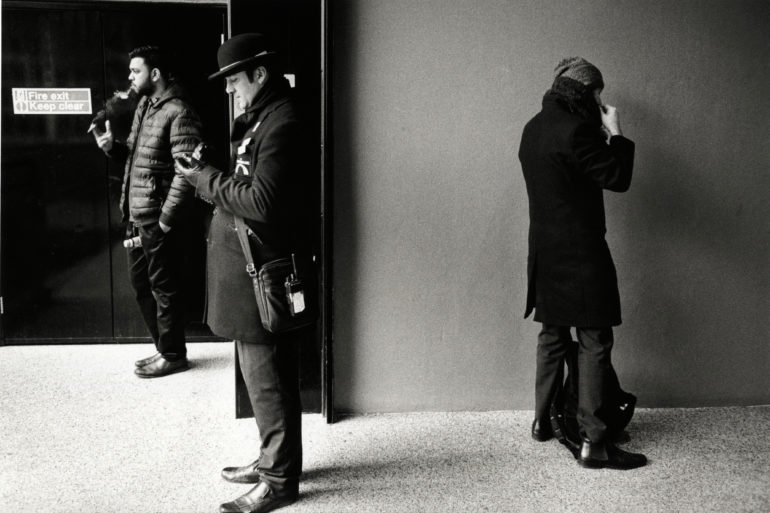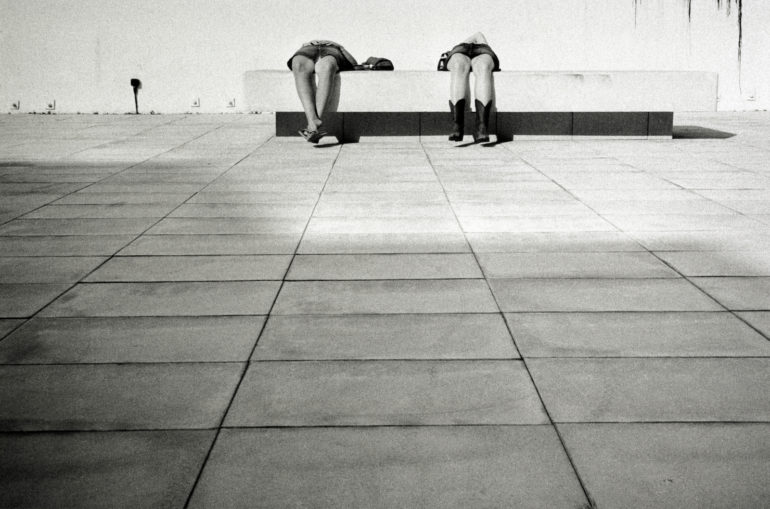All images by Walter Rothwell. Used with permission.
Over the past few years, there has been a surge in popularity for street photography. One of the driving forces behind its current success is London based street photographer, Walter Rothwell. He is a co-founder of one of the biggest communities in the scene, Street Photography International, which has an impressive 800,000 followers on Instagram alone. His work is dark and gritty, whilst still holding an artistic aesthetic. To him, street photography is much more than just hitting the shutter button. He understands the psychology behind the craft and the intimate approaches that make the difference between a snapshot and a street photograph – that’s probably why he is so good at it!
For a man who is juggling a successful freelance career, a popular community and a dedication to all things street photography, we were lucky to catch him to discuss what life is like being Walter Rothwell.
Phoblographer: London is one of the most photographed cities in the world. Whilst your work speaks for itself, what is your process to ensure your photographs are not generic and stand out from the crowd?
WR: London is a wonderful city to photograph but at the same time it’s full of photographic cliches. I try to work around this by applying a basic principle of street photography, it’s about the moment and not the place. If a photograph is based on the place it can be easily replicated, just find the spot where the picture was taken and wait. If photography is based around moments in time then it’s unique.
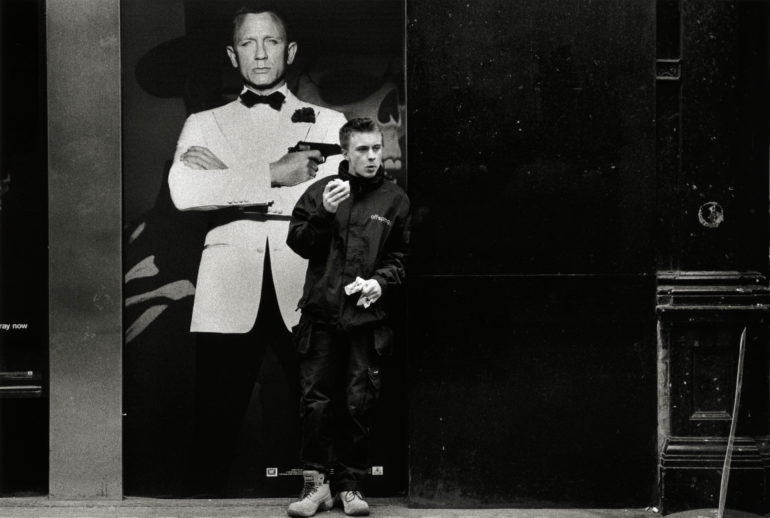
Phoblographer: Your work has led to some solid commissions, The Independent and Clinique being just two examples. How have you been able to turn street photography into a form of income?
WR: Those commissions were not based on street photography. I have been a photographer for many years before “street photography” became a genre recognised as it is today. Commissions are starting to come in based on ‘street’ but the release issue is yet to be fully resolved.
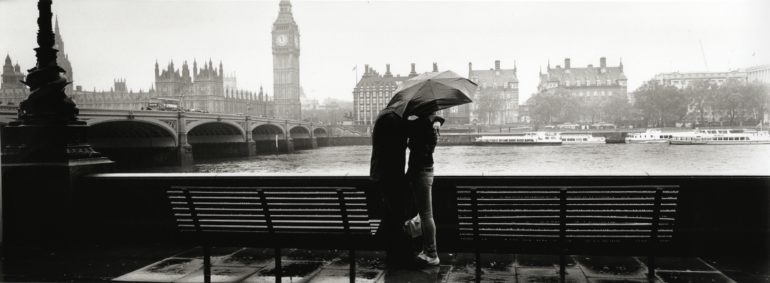
Phoblographer: Your panoramic series is a more unconventional approach to the craft. What drew you to this style and how do you find it compared to a more standard technique?
“I have been a photographer for many years before “street photography” became a genre recognised as it is today.”
WR: Around 12 years ago I started to notice that I was seeing certain scenes as long stretches rather than a conventional 35mm frame. It was something that was buzzing around in my head until finally, I decided to buy a Hasselblad Xpan and give panoramic photography a go. It’s not an easy format for street photography and the initial results were disappointing, to say the least. After some thought, I decided a change of approach was necessary. Going out to specifically shoot panoramic is a bit of a waste of time, instead, I decided always carry the xpan and wait for the pictures to present themselves.
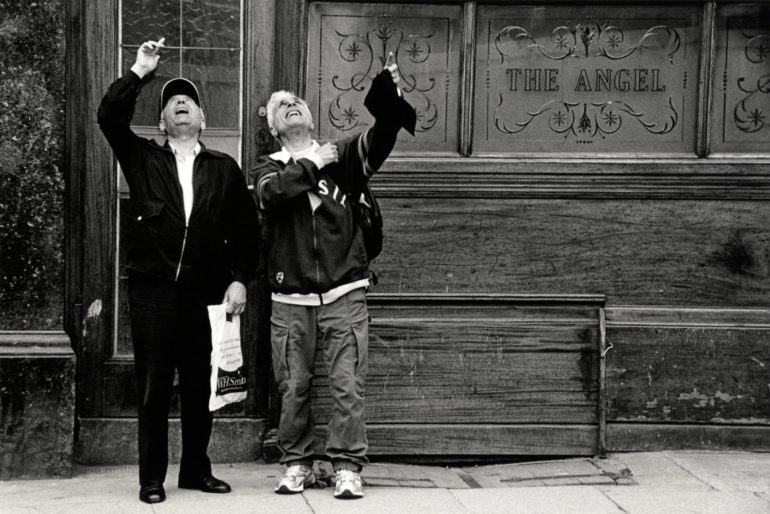
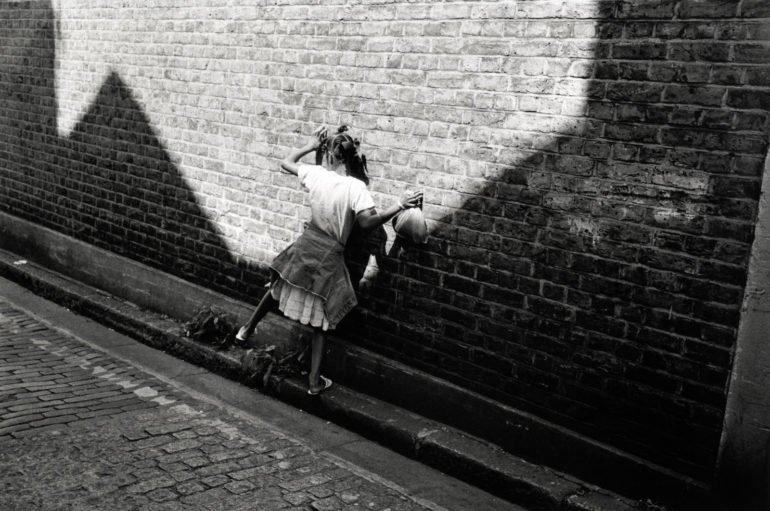
Phoblographer: Someone approaches you and says “Hey Walter, street photography is easy, you just need a good camera”, what’s your response?
WR: I’ll give you the printable response! Street photography is about brain function, how you interpret your surroundings. The best camera in the world will not help you make the necessary connection of events to capture a unique moment. I’m not of the school of thought that says the camera doesn’t matter – it does. It matters that you enjoy using it, that it becomes second nature, but photographic talent doesn’t improve with increased outlay on equipment.
“Around 12 years ago I started to notice that I was seeing certain scenes as long stretches rather than a conventional 35mm frame. It was something that was buzzing around in my head until finally, I decided to buy a Hasselblad Xpan and give panoramic photography a go.”
Phoblographer: We love your Exit Left series. A simple yet original concept, what was your motivation for the idea?
WR: The “Exit Left’ work was shot for the pure enjoyment of photography. I was shooting in a tube station and noticed and an unusually intense patch of light. I shot a couple of frames trying to work out how to best use it, then noticed how it was hitting the people exiting. I played with the camera settings and adjusted the film development, then a bit of playing in the darkroom for the final prints. The work has been ongoing for several years now as it’s only possible during an eight-week window in the winter when the sun is at its highest/lowest point and even then the light only lasts for about 45 minuets!
Phoblographer: You co-founded Street Photography International (SPi) in 2015. The collective now has over 800,000 followers on Instagram. What do you feel has been the secret to collectives success?
WR: We do our utmost to interact with our community.
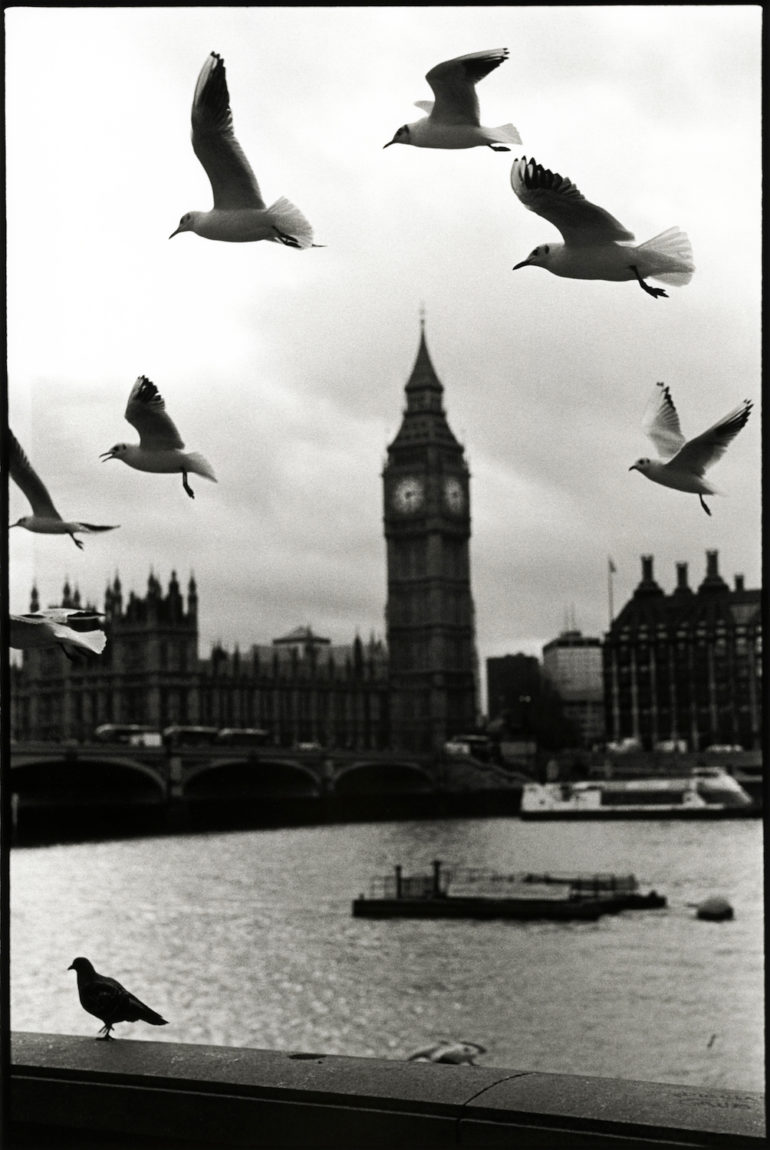
Phoblographer: Has the success surpassed your original expectations?
WR: We always thought it had potential but the level of interest has been gratifying.
Phoblographer: In regard to prints, your images are in high demand. How do you decide which images are best suited for social media and which images are appropriate to go to print?
“I was more bemoaning the increasing challenge of having favourite materials withdrawn with no direct replacement. Years of experience and familiarity suddenly rendered useless. The whole analog scene seems to have improved since then. “
WR: The best images for social media tend to be simple and graphic, it’s the nature of the medium and how the photography on it is viewed. When photographing I still think in prints, I have been printing all my work on 12×16″ paper for the last 30 years so the connection is always there. There is a lot of my work that I would not put on social media.
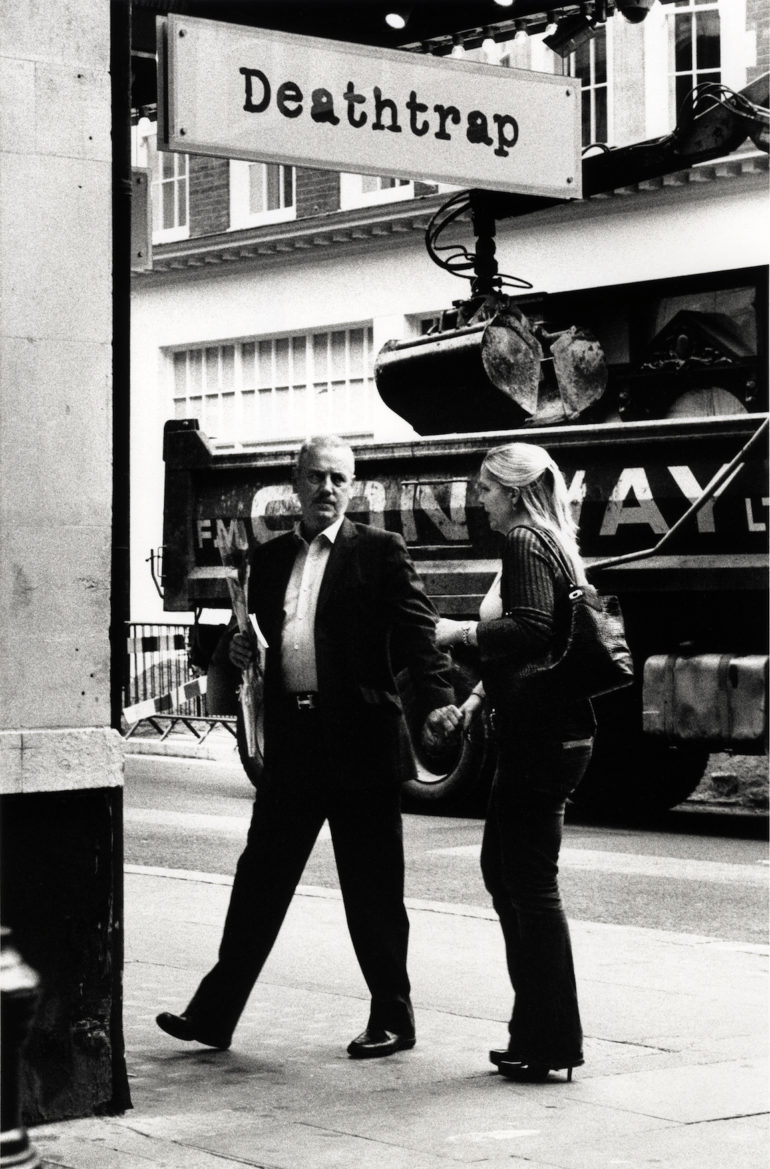
Phoblographer: In 2016 you wrote that you were close to moving on from analog photography. Three years on, what are you shooting with now?
WR: I was more bemoaning the increasing challenge of having favourite materials withdrawn with no direct replacement. Years of experience and familiarity suddenly rendered useless. The whole analog scene seems to have improved since then. There is still no substitute for my beloved Fuji Neopan 400 and I’m down to my last couple of hundred rolls, but there are some new films on the market I’m looking forward to trying.
Phoblographer: What’s more challenging, being a freelance photographer or managing an extremely popular street photography collective?
WR: Take your pick! Both demand a lot of time and effort.
“If a photograph is based on the place it can be easily replicated, just find the spot where the picture was taken and wait. If photography is based around moments in time then it’s unique.”
Phoblographer: The powers that be say “Walter, we’re sending you to a desert island, you can only take one of your photographs with you”, which one would it be and why?
WR: A photo I took in Varanasi, India of a woman praying in the River Ganges at dawn. It’s complicated to print requiring selective pre-flashing and split grades with 19 different exposures, but really satisfying when it all goes right!
For me, the picture is a great example of the combination of camera and darkroom coming together to produce a final result.
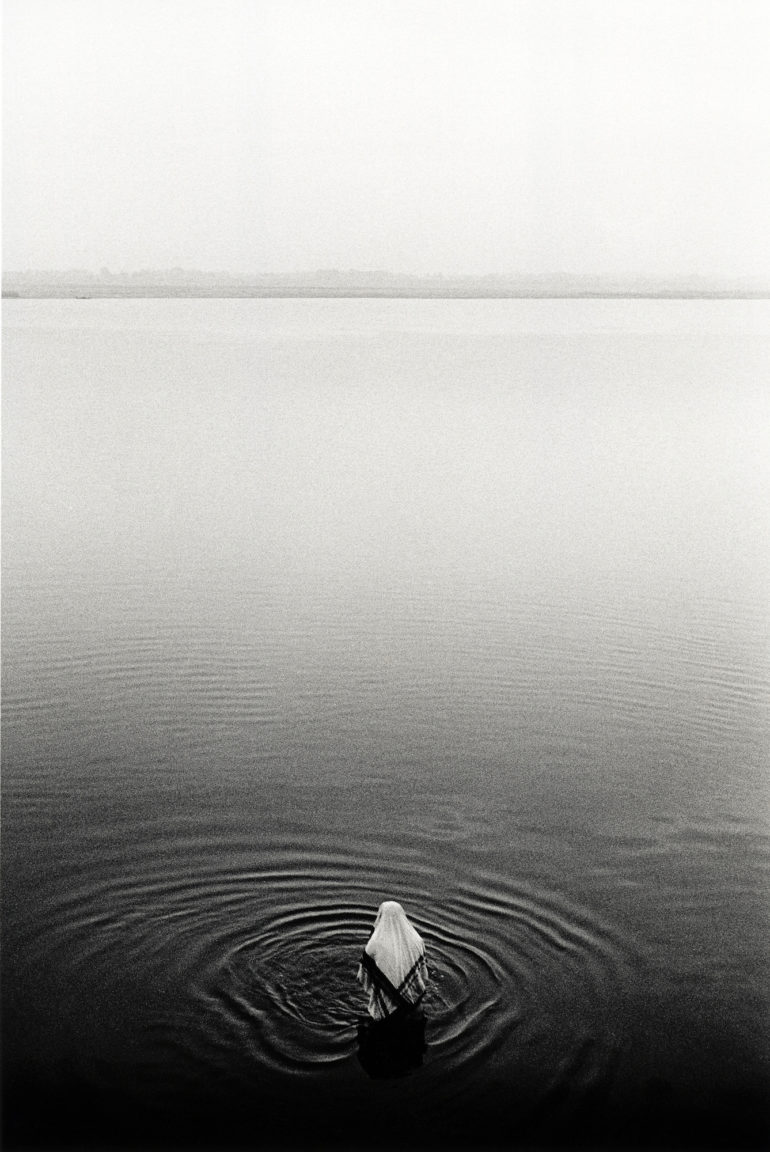
Phoblographer: Finally, what can we expect from you in 2019?
WR: I’m hoping to finish a documentary that I started in Egypt in 2007, I had to lay off it for a couple of years after the changes I was recording were suspended. I was back in the country in December and it all looks like it’s back on track so I may finally finish it!
You can keep in touch with Walter via his website. Also be sure to check out future updates by SPi by following their Instagram.


